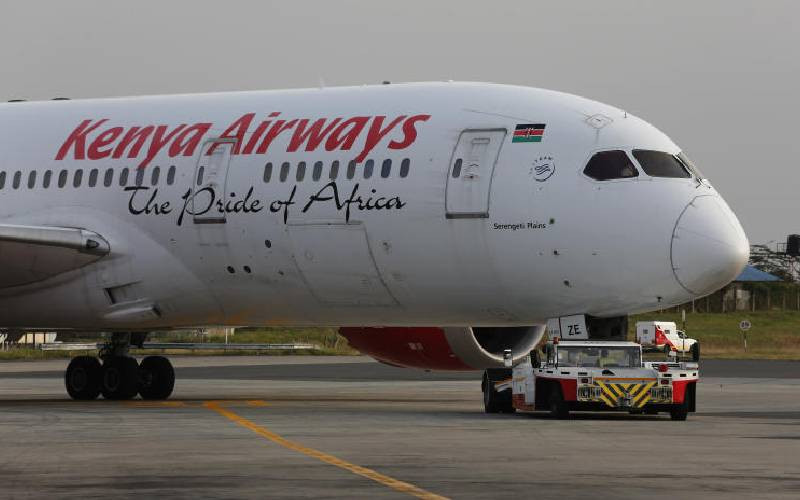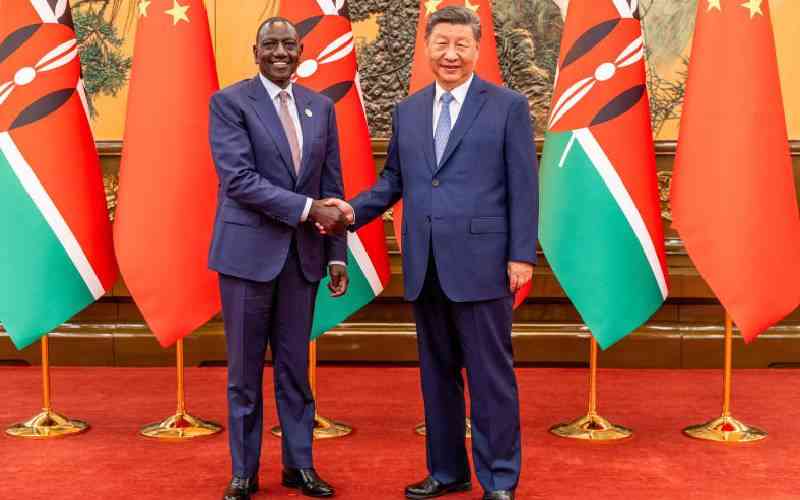×
The Standard e-Paper
Home To Bold Columnists
Most organisations mark 100 years of existence with pomp, toasts and grand declarations.
Not Barclays. It is marking its century in Africa with plans to exit. The UK lender last week announced it would be selling its majority stake in its African operations, which include a unit in Kenya.







